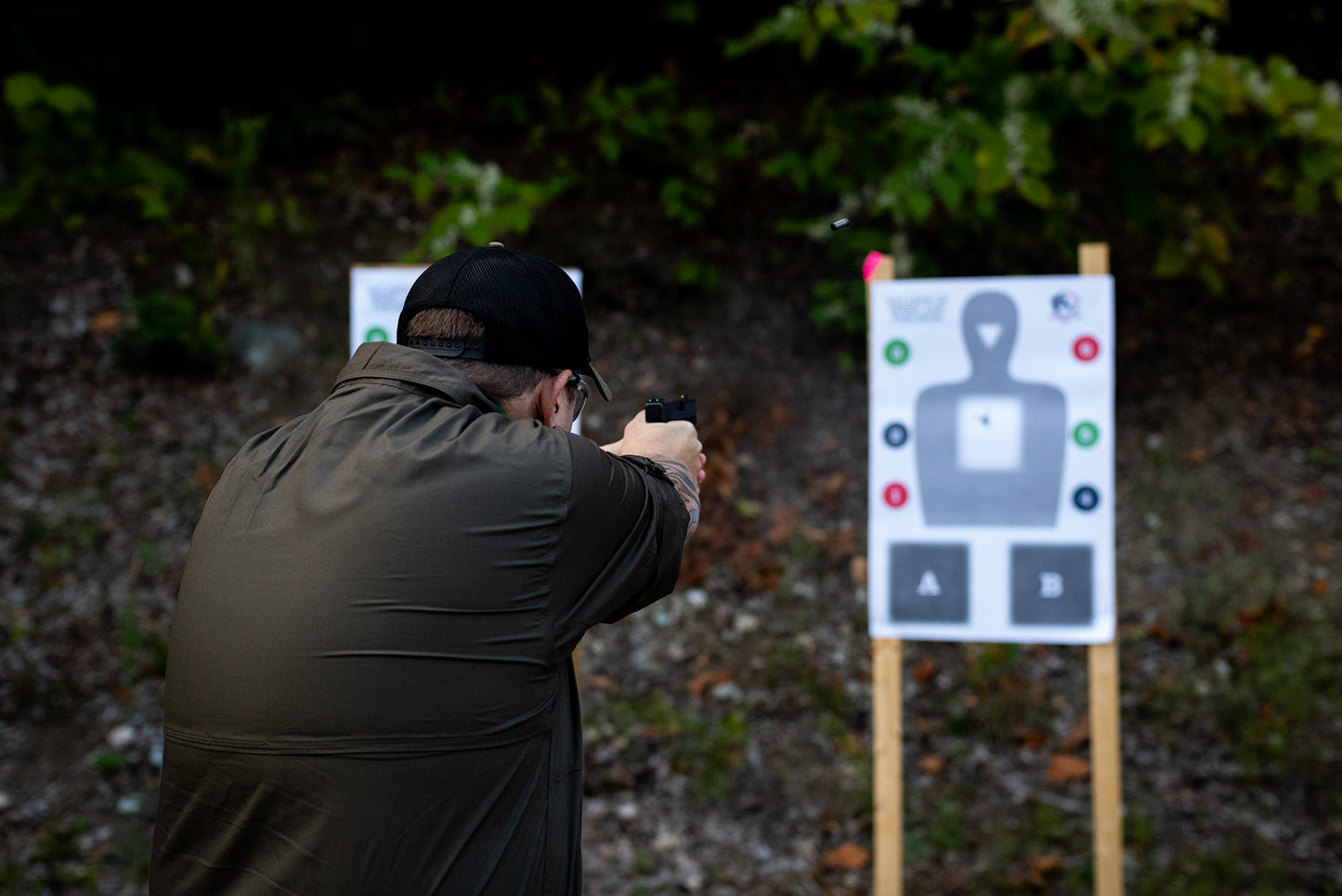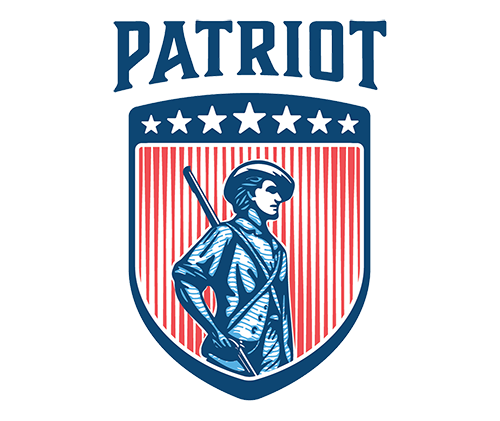Defensive Shooting Fundamentals 2 (DSF-2)
Defensive Shooting Fundamentals 2 (DSF-2)
11 in stock
Couldn't load pickup availability
5.0 / 5.0
(3) 3 total reviews
Description
Description
The USCCA DSF Program is designed to teach ALL responsibly armed Americans how to respond efficiently and effectively during a dynamic critical incident.
One of the key elements to this is you must be able to process information while performing complex tasks. Defending yourself and those that you love requires you to apply multiple necessary skills, the DSF Program will help you to recognize learned stimuli and initiate learned intuitive responses, freeing up your mind to better process information. This is the key philosophy of the Counter Ambush Methodology. Each level of the DSF Program (L1 and L2) consists of a self-study e-learning module and a full day of instructor guided live fire range drills and simulations.
The DSF E-learning modules are presented by Rob Pincus, world-renowned instructor and developer of the DSF Counter Ambush Methodology. You will be introduced to concepts, terminology, and information that will prepare you to maximize your learning potential as you complete the live fire portion of the programs. You will also receive a copy of the USCCA’s Defensive Shooting Fundamentals textbook written by Rob Pincus Your USCCA Certified DSF Instructor will teach you intuitive defensive skills that work well with what the body does naturally under the stress of a dynamic critical incident.
You will realize your competency levels as you learn to apply skills in context during these intense live fire drills and simulations.
DSF L2 review of DSF L1 and then expands into the plausibility principal and application of skill and adds complexity and contextual realism to the training.
It’s important that your gear arrangement be the same for both training and when you carry. Loaner gear is available.
Prerequisites
Prerequisites
- Must have completed the Defensive Shooting Fundamentals 1 (DSF-1)
- Must have your own pistol and be able to legally own it
- Must be familiar with loading and unloading your pistol
Class Logistics
Class Logistics
After signing up for this class you will call 877-577-4800 and tell them your taking the DSF-1 class with William Dalpe. You will pay them $30 and they will direct you on the steps to take the e-learning portion of the class. Make sure you ask them the procedure for taking the e-learning in case they do not tell you. The e-learning must be done 10 days prior to the class.
Range Day Logistics:
It does not matter if you come carrying or not in fact we encourage you to carry but there will be NO handling of firearms or ammo until instructed.
What you need to bring:
- Gun with holster (Ankle, harness, drop leg, pancake, urban holsters are prohibited). We prefer OWB holsters but will allow IWB as long as you can tuck your shirt in behind it..
- 350-450 rounds of ammo
- Minimum of 3 magazines. If mag capacity under 10 rounds then 5 magazines
- Mag pouch (if you use one when you carry but is not necessary)
- Notebook and pen
- Water or other (non-alcohol) hydration liquids
- Lunch and snacks if needed
- Comfortable clothes and footwear that is weather appropriate
- Sun screen (if applicable)
- Proper eyes and ears

Outstanding class! Dsf-2 taught by bill is a fantastic next step in the progression of the USCCA classes. Bill is an amazing instructor and has a great teaching method. Every drill leads to the next like building blocks in firearm handling and skill . Highly recommend any of his classes .Bill always explains everything clear and precise with also the why of all the drills . Fantastic overall experience
Outstanding class! The class is designed to build on DSF-1 shooting skills and challenge those shooting skills under stress - this was eye opening for me. We were asked to perform elementary mental tasks and base our shooting decisions on the task output.
It was a humbling but rewarding experience because it gave me insite into how my mind may react in a dynamic shooting situation. It showed me where I need improvement.
Bill is a terrific instructor! I felt there was an appropriate level of dialogue and shooting. Bill explained the whys behind what we were doing then demonstrated and coaches us through the activity. For the new shooters he was great at coaching them up, supporting them positively. I saw significant improvement in the new shooters as the day progressed because of Bills help. For the more experienced shooters Bill also coached them by challenging them to go faster and identify their limits.
DSF-1 and DSF-2 are must classes for anyone wanting to carry a gun for protection purposes because it will teach you the defensive shooting skills needed in a dynamic shooting situation. One can only get so much in a stationary position at the range. I highly suggest everyone wanting to carry attend a DSF class taught by Bill.
DSF2 IS EXTREMELY IMPORTANT & ESSENTIAL IF YOU LIKE TO CARRY, DEFEND URSELF, FAMILIES ALSO OTHERS. ITS INVOLVES UR MIND WITH UR SHOOTING. ITS EXTREMELY REALISTIC. I STRONGLY ADVISE EVERONE WHOME IS SERIOUS TO TAKE THIS.
I AM GONA TAKE IT AGAIN, BECAUSE I FIND IT VERY USEFUL.

